A Seder Plate for Rosh Hashanah, Earth’s Birthday
Almost 2,000 years ago, a Babylonian sage, Rabbi Abaye, spoke of the significance of eating special foods to mark the Jewish new year, Rosh Hashanah. These foods were to be simanim, symbols that stood for one’s hopes and dreams for the coming year.
Over the centuries, the tradition of creating a seder plate of simanim waxed and waned, but a remnant remains in our tradition of dipping apples in honey, symbolizing the wish for a sweet and prosperous year.
Rosh Hashanah and the Birthday of the World
This year, Rosh Hashanah falls on the autumnal equinox, when light and dark claim equal shares of the hours of the day, a reminder that Rosh Hashanah is also a celebration of harat olam, the birthday of the world. Even more, this year, the equinox is being marked by Sun Day—when communities across the nation will celebrate the life-giving energy from the sun.
Add all this up and we have reason, as Rabbi Abbaye did centuries ago, to mark Earth’s birthday with a “seder plate” of simanim thanking God for Creation’s gifts and seeking health and prosperity for the earth in the year to come.
Bringing Jewish Values to Environmental Action
The Baltimore Environmental Sustainability Network (BESN), an initiative of The Associated in partnership with Adamah, is helping our community do just that. It is working to bring Jewish values to life through environmental awareness and action. One way to do that is to reimagine old traditions – like the Rosh Hashanah seder plate—to inspire action and appreciation for the Earth.
To that end, we offer these ideas for how to mark this special Rosh Hashanah.
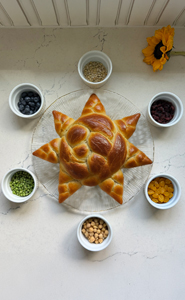
Creating a Seder Plate for the Earth
We begin by making a sun for the center of the seder plate. Buy a prepared challah. (Store-bought challot are round this time of year!) Or use your favorite challah recipe or purchase frozen challah and let the dough rise a first time.
Punch down the dough and shape into a rounded mound about six inches across and place on baking sheet. Add some swirls or wedges made of dough around the edges to form the rays of the “sun.” Let rise a second time. (You can also add the “rays” later and make them out of cookie dough or carrots or other creative embellishments.)
Wash your dough with egg or honey and bake!
To begin assembling your seder plate, choose a decorative platter and place your sun challah in the center.
Then, take six small bowls and place them around the sun. Each bowl will hold an edible food that symbolizes various elements of Creation.
There is no one right way to choose your simanim. Select any foods that remind you of the sun, earth, water, air, vegetation, cycles and renewal.
To get your juices flowing, we offer some suggestions. Use them or adapt them as you wish. The foods we present are round-ish, to symbolize the sun, the Earth, the cycles of the year and the cycles of our lives. Each food is placed in its own bowl and will be passed from diner to diner to take a bit at the beginning of the meal. As the foods are passed around, add your own “midrash,” explanation, of what the foods represent to you.
- Shelled Sunflower Seeds (white): encompassing all the colors of the rainbow, reminding us that all our food is dependent on the sun’s light
- Chickpeas (earth-toned): symbolizing the soil, loam, the adamah, which holds, nurtures and nourishes an abundance of life
- Blueberries (blue): symbolic of the liquid waters of the Earth, the life-giving element unique to Earth that is the necessity for all life
- Peas (green): fresh or fried, symbolizing the multitude of Earth’s vegetation that makes this planet verdant and full of life
- Golden raisins (golden): symbolizing the color of the sun at sunrise and sunset
- Cranberries (red): symbolizing the fiery, life-giving heat of the sun, whose force creates the winds, the tides and the movement that sustains life
Reflection and Conversation
Ask the assembled:
- What do these food symbolize for you?
- What foods would you add to the seder plate? What significance do they hold for you?
- What behaviors do you commit to pursue or to strengthen this year to help advance a healthier planet?
Through BESN, we’re working to inspire environmental action rooted in Jewish values—from educational programs to advocacy events to hands-on volunteer opportunities. Whether you’re just getting started or already leading change, we invite you to join us in building a more sustainable future.
To learn more, email besn@associated.org.
Subscribe to our newsletter
The Associated is a home for everyone in the Baltimore Jewish community. We offer several email lists to help people find a community, engage with their peers and support Jewish journeys around the world.
Join Our Mailing ListAdd Impact to Your Inbox
Sign up for our newsletter
Subscribe to our newsletter
The Associated is a home for everyone in the Baltimore Jewish community. We offer several email lists to help people find a community, engage with their peers and support Jewish journeys around the world.
Join Our Mailing List
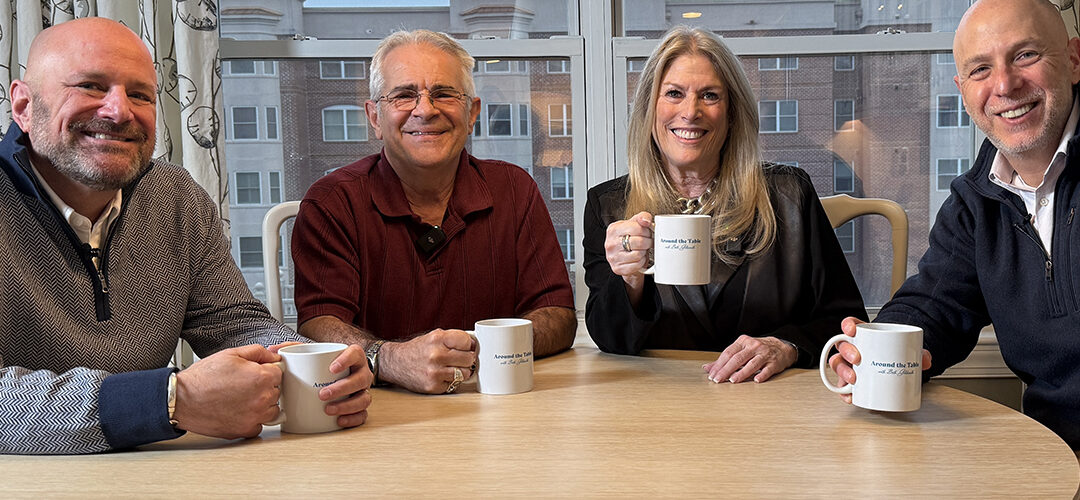

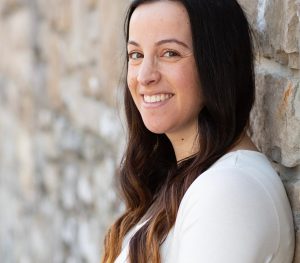
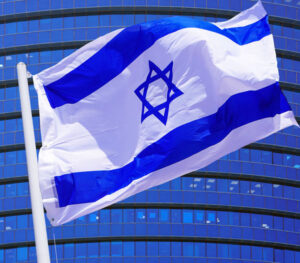
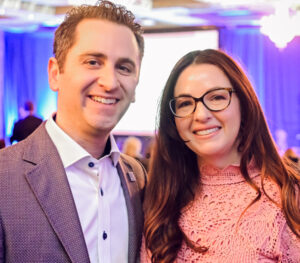
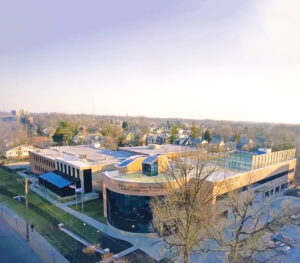
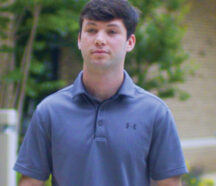
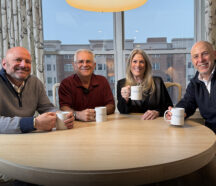
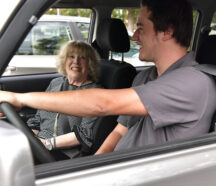
 Please Wait while we loading your video.
Please Wait while we loading your video.